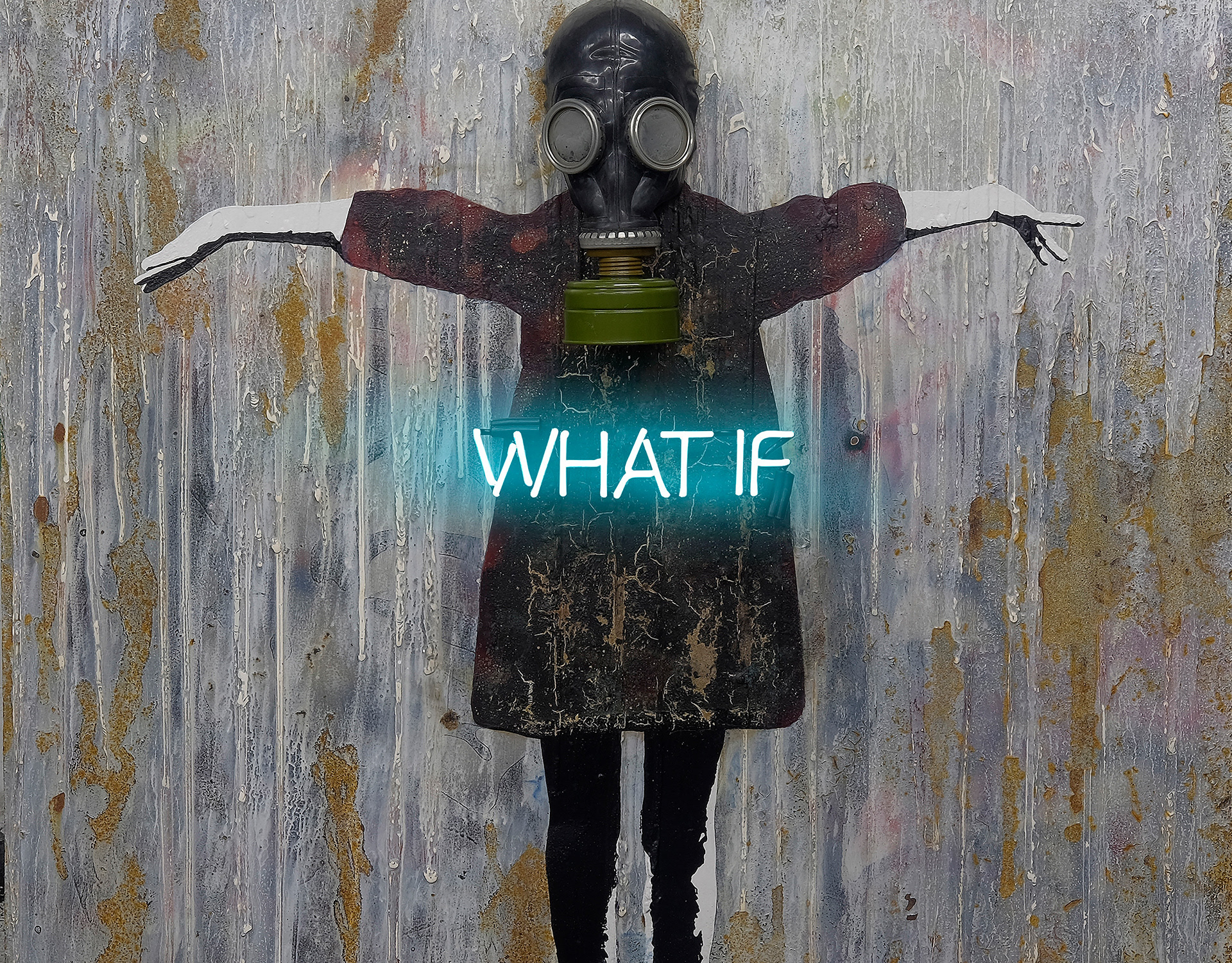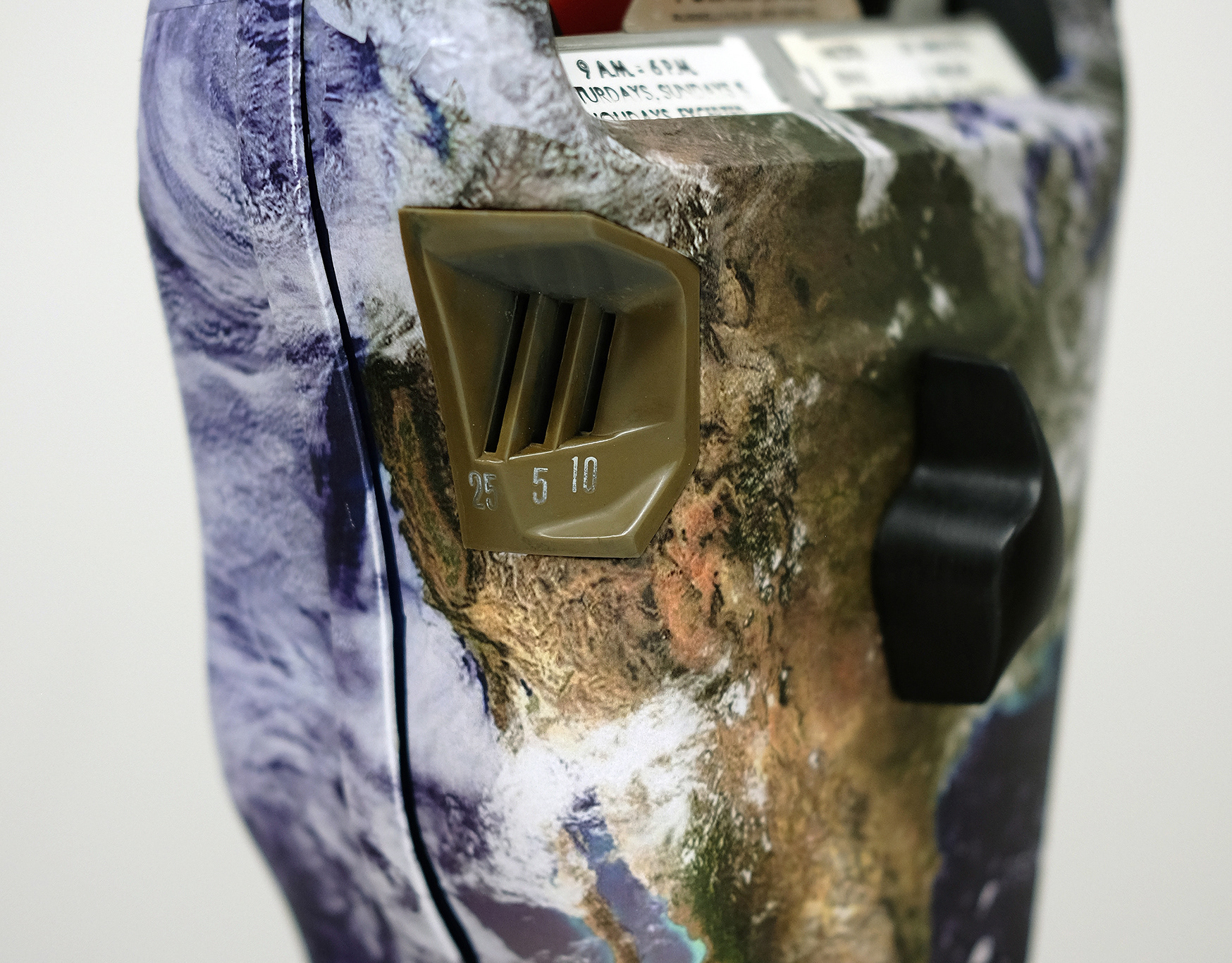Available for purchase: $2,100
I present five surveillance cameras mounted on a movable, flexible conduit cable. This piece directly addresses the critical and controversial subject of security and privacy in an era increasingly defined by technological monitoring. By embodying the presence of surveillance in a dynamic format, I invite viewers to engage in discourse surrounding the implications of omnipresent monitoring in contemporary society.
The relevance of this work is heightened by Edward Snowden’s leaked documents, which exposed global surveillance programs conducted by the National Security Agency (NSA) in conjunction with telecommunications companies and European governments. Snowden's revelations have sparked intense debate over mass surveillance, government secrecy, and the balance between national security and personal privacy. He is viewed in conflicting ways—as a hero, whistle-blower, dissident, patriot, and traitor—showcasing the complexity of the issues at hand.
My use of surveillance cameras highlights the pervasive nature of monitoring and prompts examination of the moral implications. My installation aligns with a broader trend in contemporary art that critiques power structures, similar to the works of Andrea Bowers and Trevor Paglen, who also address surveillance and government control. The flexible cables in my piece emphasize the adaptability of surveillance technology, underscoring that monitoring is both insidious and ever-evolving.
In summary, my artwork critiques contemporary security and privacy issues in the context of surveillance technology. By engaging with the legacy of Edward Snowden's disclosures, I challenge viewers to reflect on the ethical dimensions of observation and contribute to vital conversations about power dynamics and individual rights in modern society.










